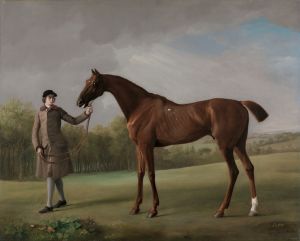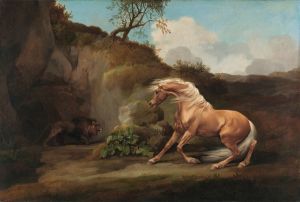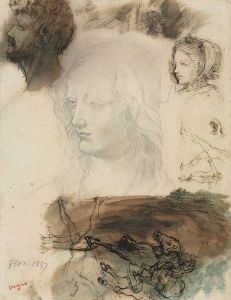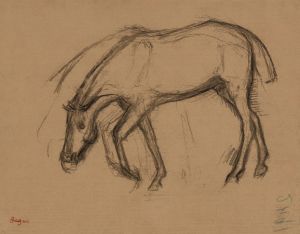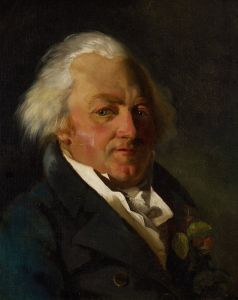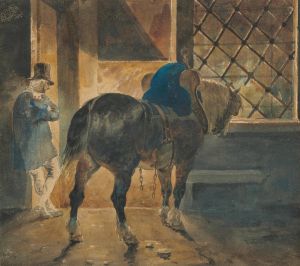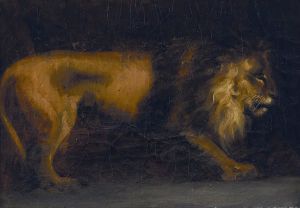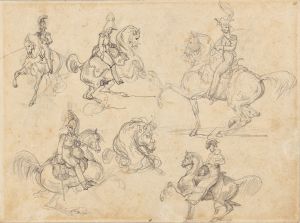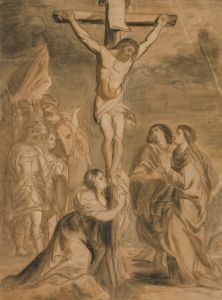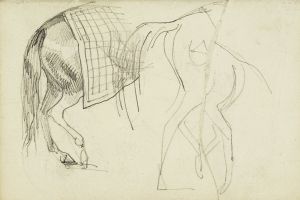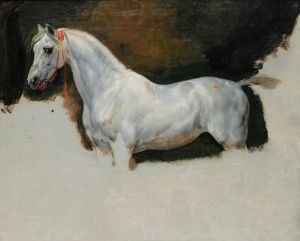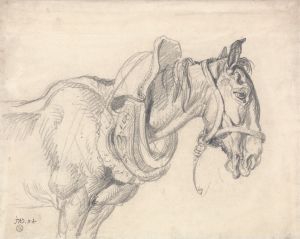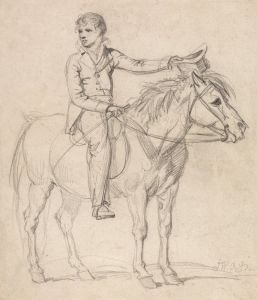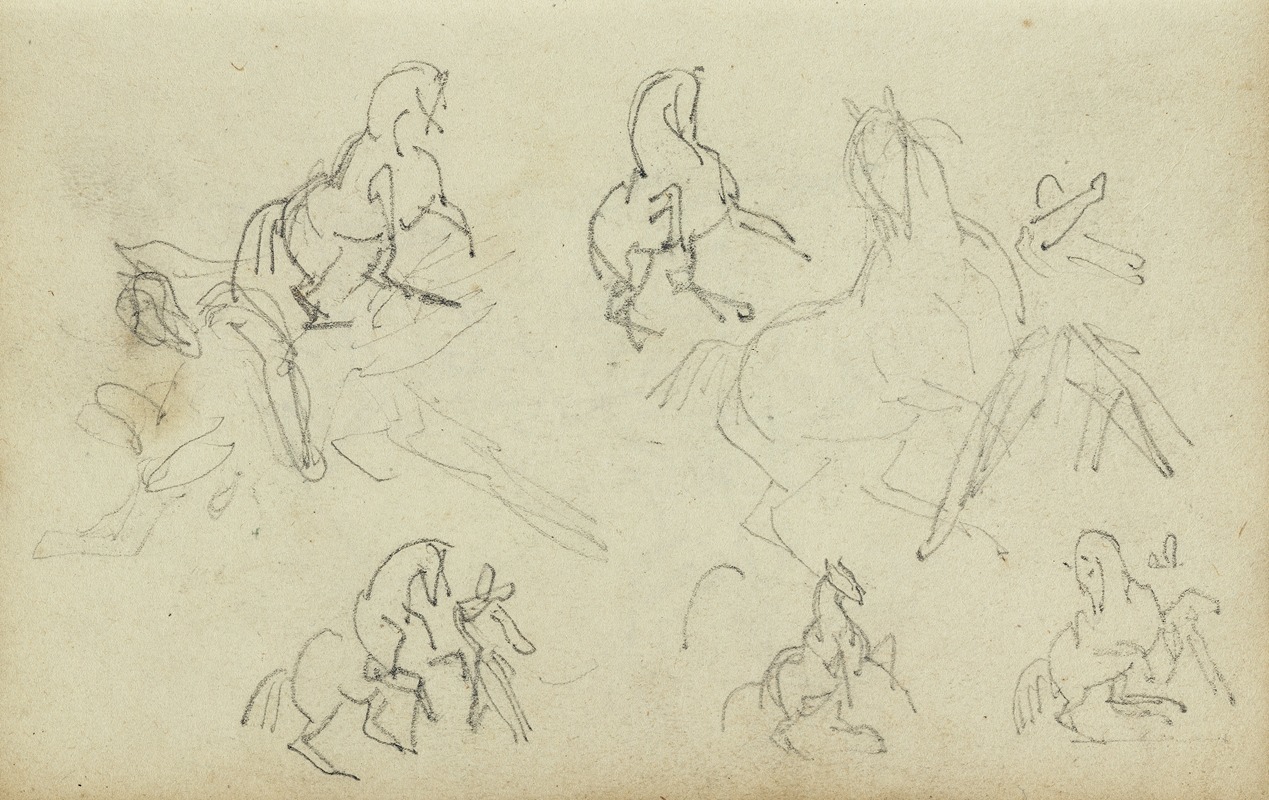
Six studies for man beside a rearing horse
A hand-painted replica of Théodore Géricault’s masterpiece Six studies for man beside a rearing horse, meticulously crafted by professional artists to capture the true essence of the original. Each piece is created with museum-quality canvas and rare mineral pigments, carefully painted by experienced artists with delicate brushstrokes and rich, layered colors to perfectly recreate the texture of the original artwork. Unlike machine-printed reproductions, this hand-painted version brings the painting to life, infused with the artist’s emotions and skill in every stroke. Whether for personal collection or home decoration, it instantly elevates the artistic atmosphere of any space.
Théodore Géricault's Six Studies for Man Beside a Rearing Horse is a preparatory drawing created by the French Romantic painter and lithographer. Géricault, best known for his monumental painting The Raft of the Medusa (1818–1819), was a pivotal figure in the Romantic movement, and his works often explored themes of human struggle, dynamic movement, and the relationship between man and nature. This particular study reflects his interest in equestrian subjects, which were a recurring theme throughout his career.
The artwork consists of six individual studies of a man interacting with a rearing horse, showcasing Géricault's mastery of anatomy and motion. The sketches are executed with precision and energy, capturing the tension and dynamism of the scene. The man is depicted in various poses, attempting to control or calm the horse, which is shown in a state of agitation. These studies demonstrate Géricault's deep understanding of both human and equine anatomy, as well as his ability to convey movement and emotion through line and form.
Géricault had a lifelong fascination with horses, which he frequently depicted in his art. He was known to study horses extensively, often sketching them from life. This interest is evident in works such as The Charging Chasseur (1812) and The Derby at Epsom (1821). The Six Studies for Man Beside a Rearing Horse likely served as preparatory material for a larger composition or as an exploration of the dynamic interaction between man and horse, a subject that resonated with the Romantic ideals of power, freedom, and the sublime.
The medium of the drawing is believed to be graphite or charcoal on paper, though specific details about its dimensions and current location are not widely documented. Like many of Géricault's preparatory works, this study provides insight into his creative process and his dedication to capturing the essence of movement and form.
While the exact date of the drawing is not confirmed, it is consistent with Géricault's active period in the early 19th century, particularly during the years when he was developing his major works. The study exemplifies his ability to combine technical skill with a deep emotional resonance, characteristics that have solidified his reputation as one of the leading artists of the Romantic era.
Further details about the context or intended purpose of this specific study remain limited, as is often the case with preparatory sketches. However, the work stands as a testament to Géricault's artistic prowess and his enduring fascination with the interplay between man and nature.





